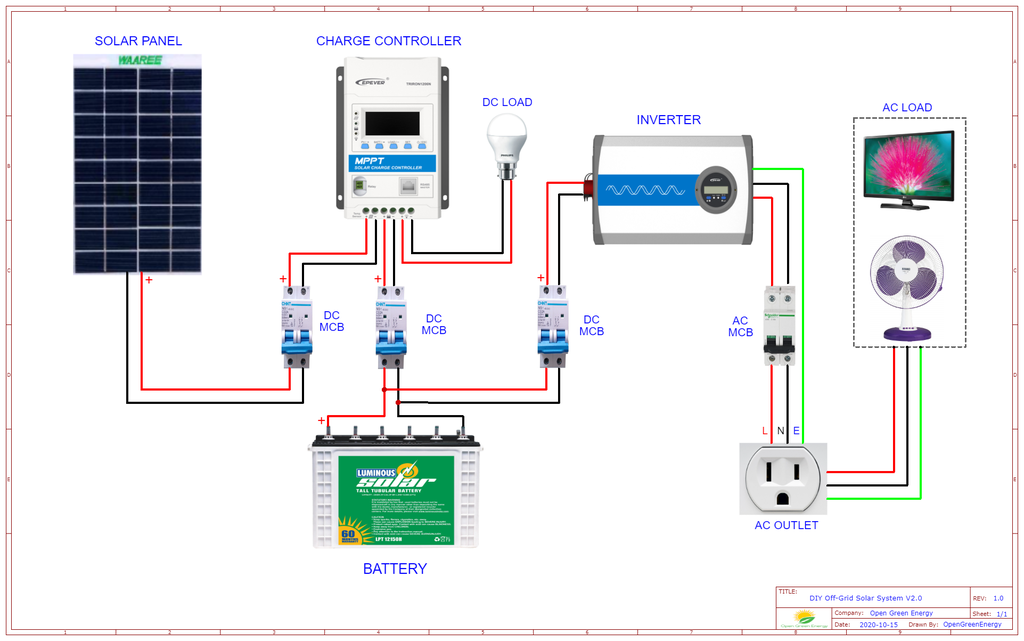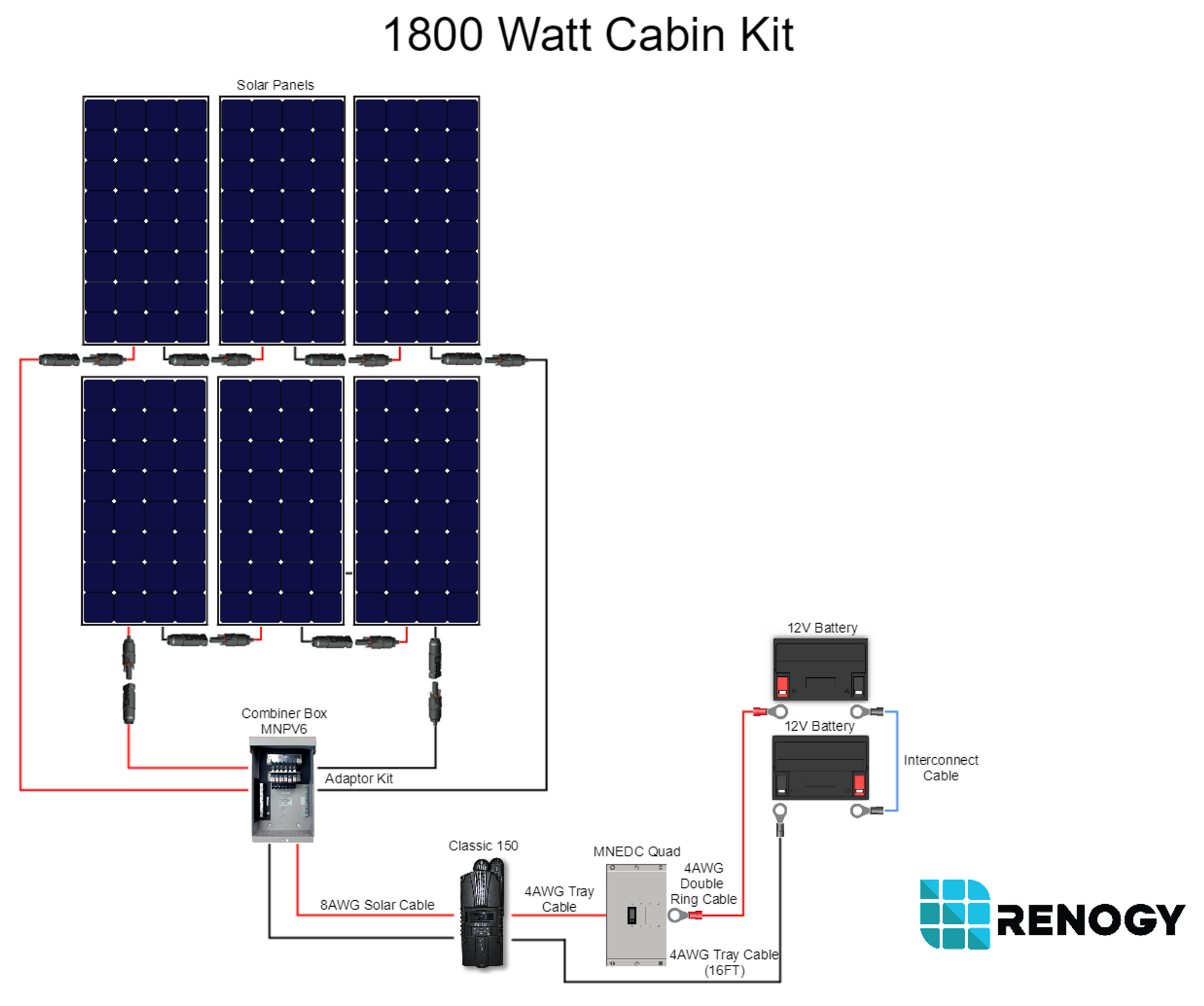Solar Power System Wiring For Home
“Solar power system wiring for home”
One of the critical components of a solar power system is the wiring, which connects the solar panels to the inverter, battery bank, and eventually to the electrical grid. In this article, we will delve into the world of solar power system wiring for homes, covering the basics, safety considerations, and best practices for a successful installation.
Introduction to Solar Power System Wiring
A solar power system consists of several key components, including:
- Solar Panels: These are the photovoltaic (PV) panels that convert sunlight into direct current (DC) electricity.
- Inverter: This device converts the DC electricity from the solar panels into alternating current (AC) electricity, which is usable in the home.
- Mounting System: This includes the racks, clamps, and other hardware that secure the solar panels to the roof or ground.
- Wiring and Connectors: These connect the solar panels to the inverter, battery bank (if present), and the electrical grid.
The wiring system is responsible for transmitting the electrical energy generated by the solar panels to the inverter, where it is converted into AC power. The wiring must be designed and installed to ensure safe, efficient, and reliable operation of the solar power system.
Safety Considerations

When it comes to solar power system wiring, safety is of utmost importance. Here are some key considerations:
- Electrical Shock: Solar panels and wiring can be energized with high voltages, posing a risk of electrical shock to installers, maintenance personnel, and homeowners.
- Fire Risk: Poor wiring practices, faulty connectors, or damaged cables can lead to electrical fires, which can spread quickly and cause significant damage.
- Overheating: Improperly sized wiring or connectors can lead to overheating, reducing the lifespan of the wiring and potentially causing a fire.

To mitigate these risks, it’s essential to follow proper wiring practices, use high-quality materials, and ensure that the system is installed and maintained by qualified personnel.
Wiring Requirements
The wiring requirements for a solar power system depend on several factors, including:
- System Size: The size of the solar power system, measured in kilowatts (kW), determines the required wire gauge and insulation.
- Distance: The distance between the solar panels, inverter, and electrical grid affects the wiring requirements, as longer distances may require larger wire gauges to minimize voltage drop.
- Local Regulations: Local building codes, electrical codes, and regulations, such as the National Electric Code (NEC), must be followed to ensure compliance.

The following are some general wiring requirements for solar power systems:
- Wire Gauge: The wire gauge should be sufficient to handle the maximum current output of the solar panels, typically 10-14 AWG (American Wire Gauge) for residential systems.
- Insulation: The wiring should be insulated with a durable, UV-resistant material, such as PVC or Teflon, to protect against environmental stressors.
- Connectors: Connectors should be designed for outdoor use, be waterproof, and meet the required voltage and current ratings.
- Grounding: The system should be properly grounded to prevent electrical shock and ensure safe operation.
Best Practices for Solar Power System Wiring
To ensure a safe, efficient, and reliable solar power system, follow these best practices:
- Use High-Quality Materials: Select wiring and connectors that meet or exceed industry standards for durability, insulation, and current-carrying capacity.
- Follow Manufacturer Instructions: Adhere to the manufacturer’s instructions for wiring, connectors, and installation procedures.
- Use Proper Wiring Techniques: Use secure, strain-relieved connections, and avoid twisting or pinching wires, which can damage the insulation or conductor.
- Label and Document: Label all wiring, connectors, and components, and maintain detailed documentation of the system, including wiring diagrams and installation records.
- Regular Maintenance: Regularly inspect and maintain the wiring system to ensure it remains safe and functional.
Inverter Wiring
The inverter is a critical component in a solar power system, responsible for converting DC power from the solar panels into AC power for the electrical grid. When wiring the inverter, follow these guidelines:
- Inverter Input: The inverter input wiring should be sized to handle the maximum current output of the solar panels.
- Inverter Output: The inverter output wiring should be sized to handle the maximum power output of the inverter, typically 240V AC for residential systems.
- Grounding: The inverter should be properly grounded to prevent electrical shock and ensure safe operation.
Battery Bank Wiring
If the solar power system includes a battery bank, the wiring requirements are more complex. Here are some guidelines:
- Battery Bank Input: The battery bank input wiring should be sized to handle the maximum current output of the solar panels.
- Battery Bank Output: The battery bank output wiring should be sized to handle the maximum power output of the battery bank, typically 48V DC for residential systems.
- Grounding: The battery bank should be properly grounded to prevent electrical shock and ensure safe operation.
Conclusion
Solar power system wiring for homes requires careful planning, design, and installation to ensure safe, efficient, and reliable operation. By following the guidelines outlined in this article, homeowners and installers can ensure a successful installation that meets local regulations and industry standards. Remember to use high-quality materials, follow proper wiring techniques, and maintain detailed documentation of the system. With proper installation and maintenance, a solar power system can provide decades of clean, renewable energy for your home.
Additional Resources
For more information on solar power system wiring, consult the following resources:
- National Electric Code (NEC): The NEC provides guidelines for electrical wiring, including solar power systems.
- Underwriters Laboratories (UL): UL provides testing and certification for electrical equipment, including solar power system components.
- International Association of Electrical Inspectors (IAEI): The IAEI provides training, education, and resources for electrical inspectors and installers.
- Solar Energy Industries Association (SEIA): The SEIA provides industry guidance, training, and advocacy for the solar energy industry.
By following the guidelines and best practices outlined in this article, you can ensure a safe, efficient, and reliable solar power system that provides clean energy for your home.
